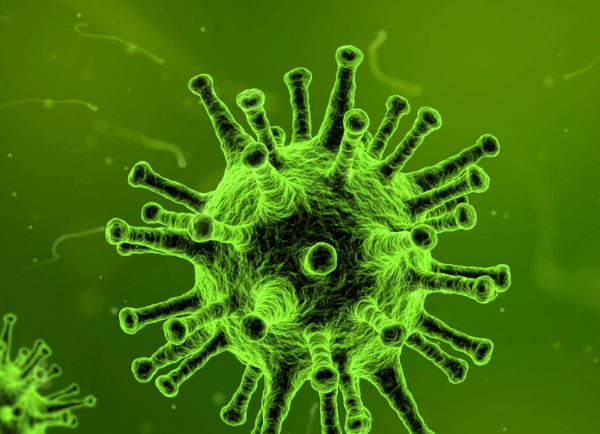EBV VIRUS
let's talk abut EBV virus
HEALTHCARE


EBV
Epstein-Barr Virus: A Closer Look at the Silent Invader
In the realm of viruses, the Epstein-Barr virus (EBV) is a master of disguise. Often lurking silently within our bodies, EBV is a member of the herpesvirus family and is responsible for a common yet often overlooked infection. While most people may not even be aware they've contracted it, EBV can have significant implications for our health. In this blog, we will unveil the secrets of the Epstein-Barr virus, exploring its origins, transmission, symptoms, and potential consequences.
The Origins of Epstein-Barr Virus
EBV, also known as human herpesvirus 4 (HHV-4), was first identified in 1964 by Dr. Michael Epstein and Dr. Yvonne Barr, hence its name. It is one of the most widespread viruses globally, infecting approximately 90% of the world's population. EBV primarily targets human B cells, a type of white blood cell, but it can infect other cell types as well
EBV is primarily spread through the exchange of bodily fluids, including saliva. Common modes of transmission include:
Direct Contact:
Kissing, which is why it's often referred to as the "kissing disease," can transmit the virus.
Sharing Utensils and Personal Items:
Sharing drinks, eating utensils, or personal items like toothbrushes with an infected person can facilitate transmission.
Blood Transfusions:
In rare cases, EBV can be transmitted through blood transfusions or organ transplants.
Sexual Contact:
While less common, sexual contact can also transmit the virus.
EBV can remain dormant in the body for years after the initial infection, making it challenging to detect or prevent transmission.
Symptoms of EBV Infection
EBV infections can vary widely in terms of symptoms and severity. Many people infected with EBV may not experience any symptoms at all, while others may have flu-like symptoms. Common signs and symptoms of an active EBV infection include:
Fatigue:
Profound and prolonged fatigue is often the hallmark symptom of EBV infection, earning it the nickname "mono" or "the kissing disease."
Fever:
Mild to high fever is a common symptom.
Sore Throat:
A severe sore throat, similar to strep throat, is often present.
Swollen Lymph Nodes:
Enlarged lymph nodes, particularly in the neck, are a common occurrence.
Enlarged Spleen:
In some cases, the spleen may become enlarged, which can be dangerous and requires medical attention.
Skin Rash:
A rash, which can resemble measles or rubella, may develop.
Headache
Persistent headaches can occur during an EBV infection.
Muscle Aches:
Joint and muscle pain are common.
Consequences of EBV
While EBV infections often resolve on their own without long-term consequences, in some cases, EBV has been linked to more serious health conditions, including:
Infectious Mononucleosis (Mono):
Mono is a more severe form of EBV infection characterized by prolonged fatigue, enlarged spleen, and severe symptoms. It can take weeks or even months to fully recover from mono.
Cancers:
EBV has been associated with several types of cancer, including Burkitt's lymphoma, nasopharyngeal carcinoma, and Hodgkin's lymphoma. It is estimated to play a role in about 1% of all cancers.
Autoimmune Disorders:
Some research suggests that EBV may be linked to the development of autoimmune diseases, such as multiple sclerosis and lupus, though the exact relationship is still under investigation.
The Epstein-Barr virus is a stealthy and widespread virus that can affect people in various ways. While most EBV infections are mild and go unnoticed, it is essential to be aware of its potential consequences, especially in cases of mono or when linked to cancer and autoimmune disorders. Preventing the spread of EBV primarily involves practicing good hygiene, such as avoiding close contact with infected individuals and not sharing personal items. If you suspect you have an EBV infection or are concerned about its potential long-term effects, consult with a healthcare professional for guidance and appropriate care.


